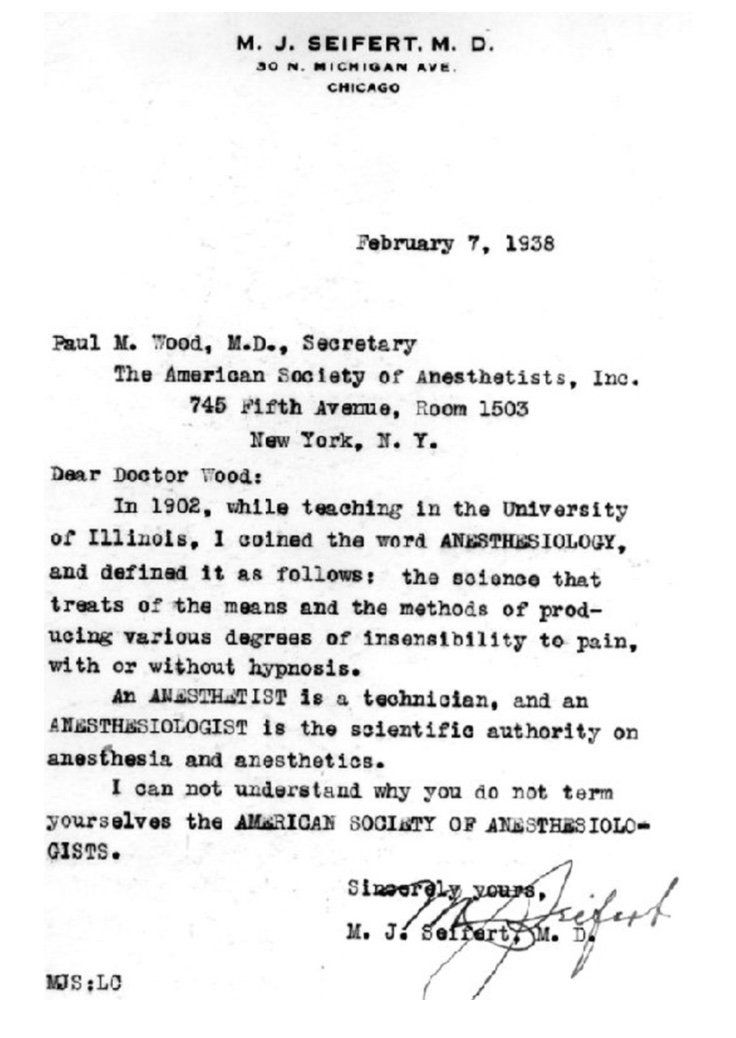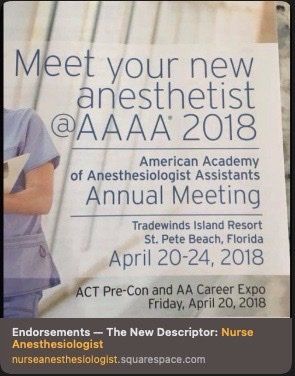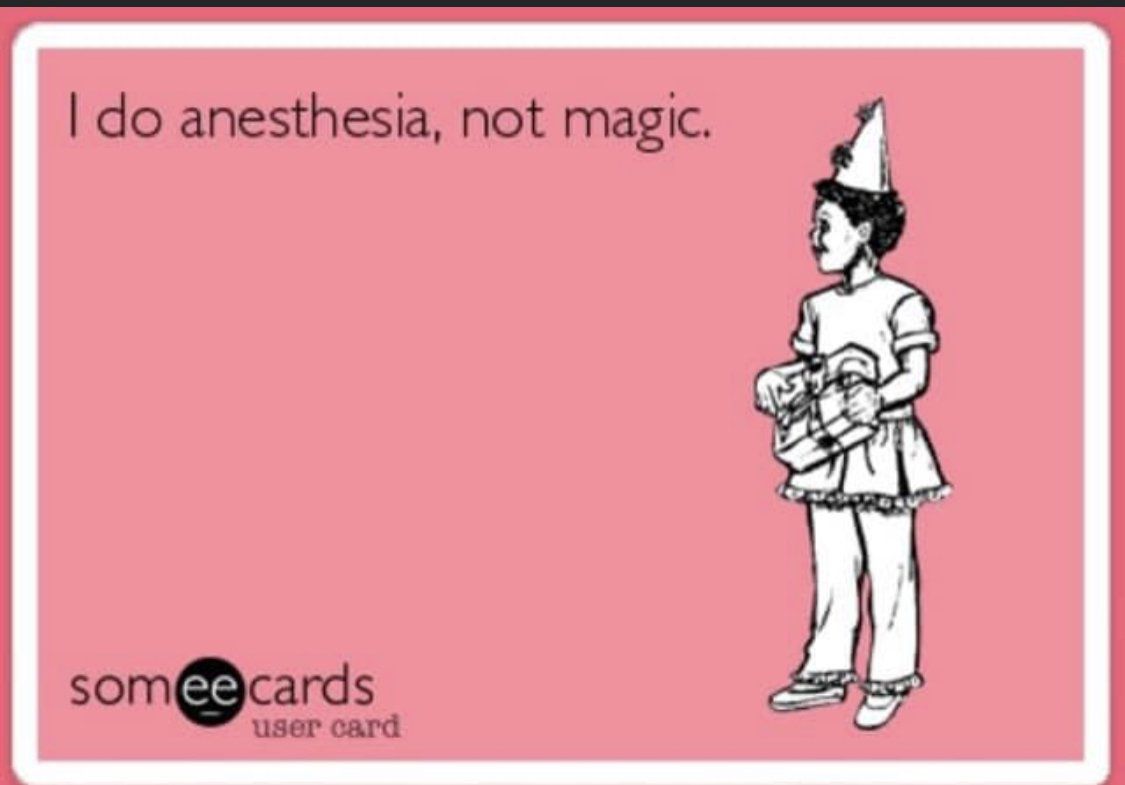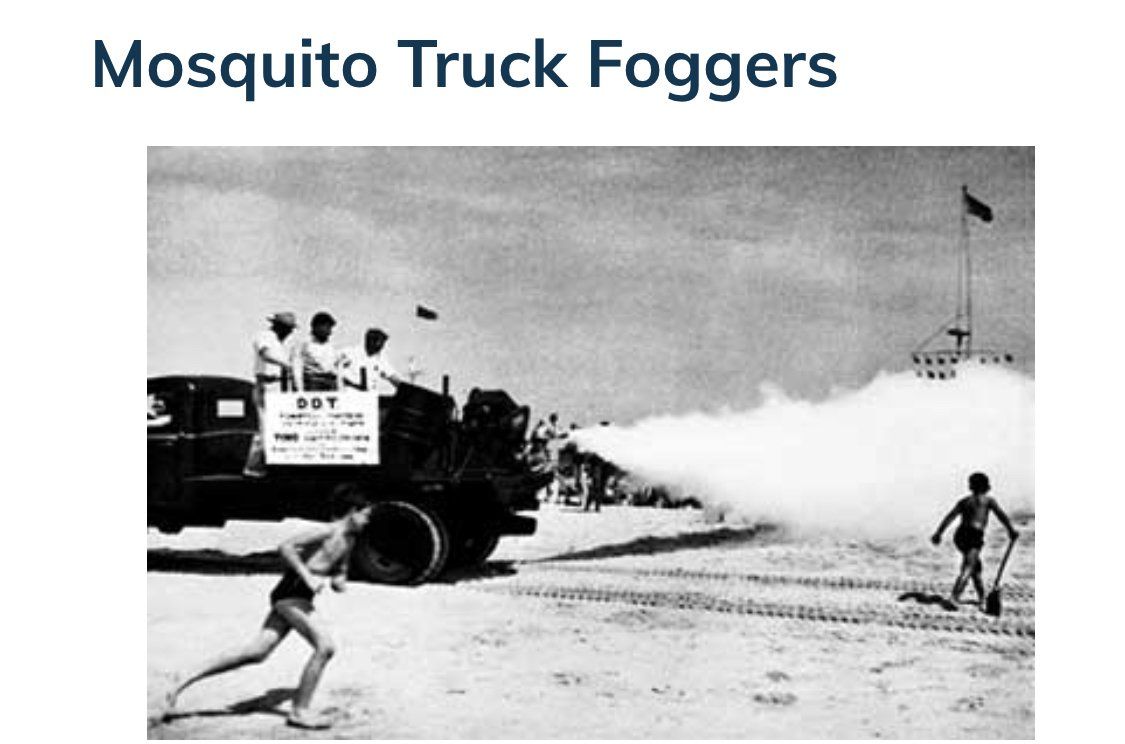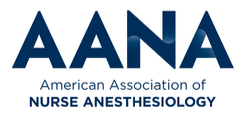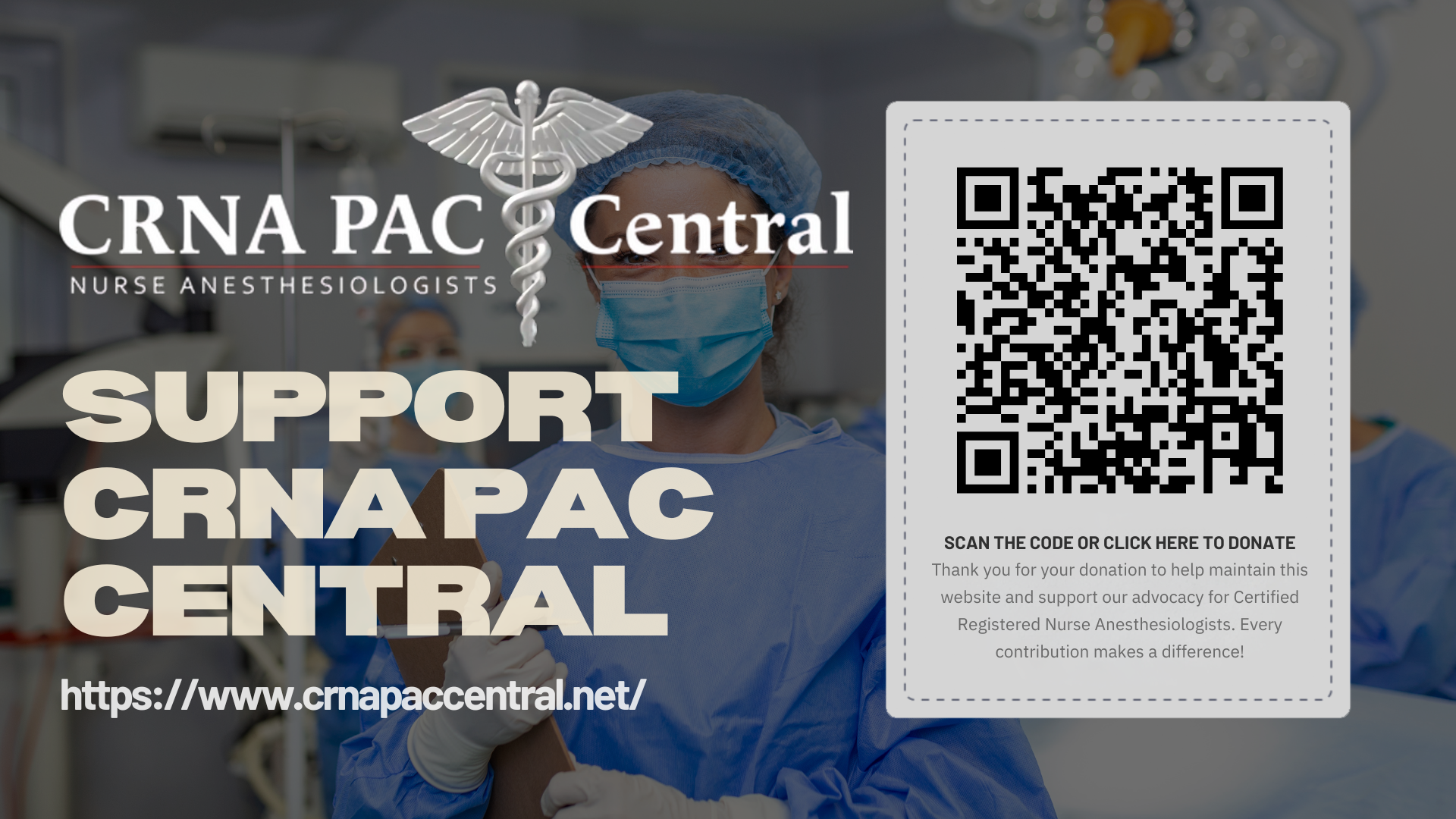Title Recognition:
AANA Adopts alternative title for CRNAs:
"Nurse Anesthesiologist"
Click each slide to open a popup window or link providing a better view of the image and further explanation...
HOVER OVER SLIDE TO STOP ADVANCEMENT
Certified Registered Nurse Anesthetists, Advanced Practice
Registered Nurses
CRNAs should not be referred to as “mid-level practitioners,” “non-physicians,” “physician extenders,” “dependent practitioners,” or “allied health practitioners”
Position Statement
Introduction
The practice of anesthesia has been a recognized nursing specialty for more than 150 years.1 Historically, in some settings, publications, policies and law, the Certified Registered Nurse Anesthetist (CRNA) has been referred to as a “midlevel provider” or “physician extender.” These and other terms are not representative of nurse anesthesia practice.
The American Association of Nurse Anesthesiology (AANA) presents this statement in an effort to clarify for the public the many ways someone may refer to a CRNA. Each healthcare professional has a unique title that is representative of his or her education, licensure, certification, and expertise.
Position
AANA recognizes the following titles to identify nurse anesthetists: “Certified Registered Nurse Anesthetist,” “CRNA,” “nurse anesthetist,” and “nurse anesthesiologist.”
It remains the responsibility of each individual CRNA to remain aware of and comply with the legal requirements of any state or facility in which they practice. The use of some titles may also be protected under state law.
The AANA acknowledges additional descriptors for nurse anesthetists which could include, but are not limited to, the following; “Advanced Practice Registered Nurse (APRN),” “Licensed Nurse Practitioner (LNP),” “Licensed Independent Practitioner (LIP),” Advanced Practice Provider (APP),” or “advanced practice professional.”
The AANA opposes descriptors such as “mid-level practitioner,” “nonphysician,” “physician extender,” “dependent practitioner,” and “allied health practitioner” to refer to CRNAs either individually or as part of a group. We urge use of the titles “Certified Registered Nurse Anesthetist,” “CRNA,” “nurse anesthetist,” or “nurse anesthesiologist” by healthcare policymakers, insurers, organizations, employers, healthcare professionals, and others for accurate and clear identification of the professional title.
Descriptors such as “mid-level practitioner” are outdated and anachronistic in the current healthcare system. Use of these descriptors can cause confusion for patients and others.2 The National Academies of Sciences, Engineering, and Medicine (formerly the Institute of Medicine)3 and the Federal Trade Commission have repeatedly called for APRNs, including CRNAs, to practice to the full extent of their education, training, and certification in the interest of patient access to safe, high-quality care and competition in the marketplace to help promote innovation and control healthcare price growth.4
1 of 3
American Association of Nurse Anesthesiology | 222 South Prospect Ave | Park Ridge, Illinois 60068-4001 | AANA.com Professional Practice Division l 847-655-8870 l practice@aana.com
CRNA Practice
The AANA’s Scope of Nurse Anesthesia Practice reflects that CRNAs are licensed, independent practitioners who provide comprehensive anesthesia services. CRNAs are not extenders of physicians, nor are they dependent on physicians to provide anesthesia services. CRNAs practice both autonomously and in collaboration with other healthcare professionals on the interprofessional team to deliver high-quality, holistic, patient-centered, evidence-based anesthesia and pain care services. Nurse anesthetists care for patients of all acuity levels across the lifespan of the patient in a variety of settings for procedures including, but not limited to, surgical, obstetrical, diagnostic, therapeutic, and pain management. CRNAs serve in leadership roles in healthcare delivery organizations and academic institutions and receive direct reimbursement for anesthesia care from Medicare and major commercial plans.
Background
Descriptors such as “mid-level provider,” “nonphysician,” and “physician extender” were created by physicians, physician groups, and physician-led organizations and corporations.(5) “Mid-level” implies that CRNAs provide only average care, which numerous studies refute (see CRNAs: Safe Care and CRNAs: The Future of Anesthesia Care Today Research; also see Important Research and Studies). This descriptor fails to inspire confidence in the patients served by CRNAs. 2,6,7 The descriptor “mid-level” incorrectly implies that the standard of care followed by CRNAs is lower than the standard of care followed by physician anesthesiologists. In fact, the practice of anesthesia is a recognized nursing and medical specialty unified by the same standard of care.
Similarly, “nonphysician” and “physician extender” are negative descriptors that imply that CRNAs do not provide the same high level of care as physicians. The descriptors “allied health practitioner” and “dependent practitioner” are likewise inaccurate descriptions of the CRNA role. All of these descriptors are vague, confusing, misleading and hinder the delivery of safe, patient-centered care.
Conclusion
Healthcare professionals should be referred to by their title to reflect their unique role. Regardless of the title or the descriptor being used, as a profession we believe it is time for the focus to be on the quality of the healthcare provided and not the title of the healthcare provider.
References
1. American Association of Nurse Anesthesiology. The Practice of Anesthesia. Park Ridge, IL. 2017.
2. Bishop C. Advanced practitioners are not mid-level providers. J Adv Pact Oncol. 2012;Sep-Oct; 3(5):287-288.
3. The National Academies of Sciences, Engineering, and Medicine (formerly the Institute of Medicine). The Future of Nursing: Leading Change, Advancing Health. Washington, DC: The National Academies Press 2011.
4. Gilman DJ, Koslov TI. Policy Perspectives: Competition and the Regulation of Advanced Practice Nurses. 2014; http://www.ftc.gov/system/files/documents/reports/policy- perspectives-competition-regulation-advanced-practice- nurses/140307aprnpolicypaper.pdf. Accessed June 17, 2016.
5. Hoyt KS. Why the terms "mid-level provider" and "physician extender" are inappropriate. Advanced emergency nursing journal. 2012;34(2):93-94.
2 of 3
American Association of Nurse Anesthesiology | 222 South Prospect Ave | Park Ridge, Illinois 60068-4001 | AANA.com Professional Practice Division l 847-655-8870 l practice@aana.com
6. Pappas MD. Stop Calling Nurse Practitioners Mid-Level Providers. 2014; http://www.kevinmd.com/blog/2014/07/stop-calling-nurse-practitioners-mid-level-providers.html. Accessed June 22, 2016.
7. American Association of Nurse Practitioners. Use of Terms such as Mid-level Provider and Physician Extender 2015; https://www.aanp.org/images/documents/publications/useofterms.pdf. Accessed June 22, 2016.
Adopted by AANA Board of Directors July 2016.
Revised by AANA Board of Directors September 2018.
Revised by AANA Board of Directors May 2019.
